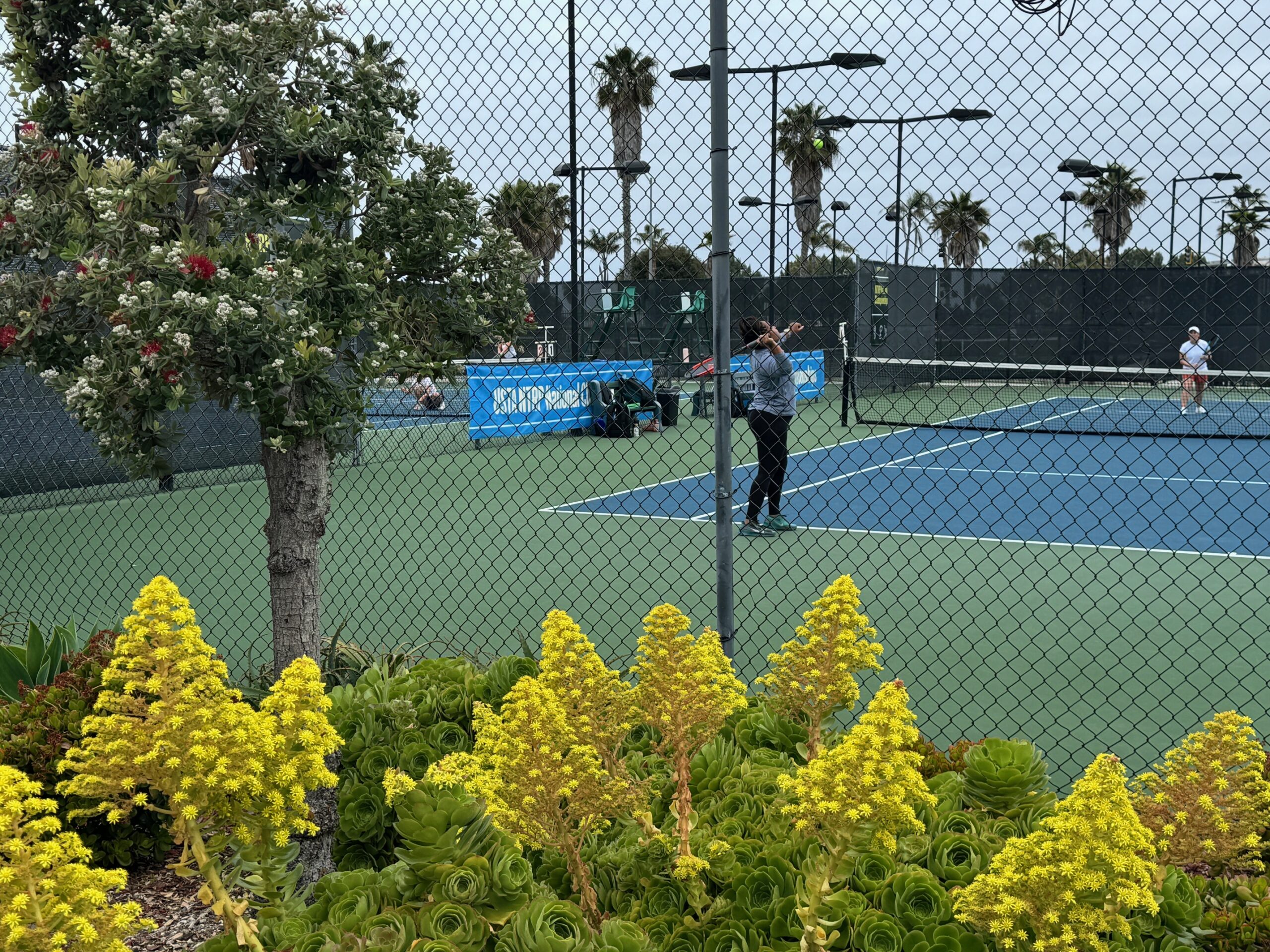A cultural tradition during USTA League playoffs is to stand around and grouse about teams and individuals performing above their current NTRP rating. Yesterday’s post was filled with Pollyanna-ish exhortations for players to adopt more generous attitudes toward self-rated players perceived to be performing above expected levels. In my own glass houses moment, I am every bit as guilty of throwing figurative stones toward those players as anyone else. I laugh every time I catch myself doing it.
How players view the self-rating “problem” is strongly influenced by their own NTRP level. For example, at NTRP 3.5, the Trophy Husband is primarily concerned about above-level former high school players that are systematically recruited and “guided” through the ambiguous USTA self-rating process by enterprising captains. I think that is where the hosts of the Second Serve Tennis Podcast episode that sparked this weekend’s topics are also coming from.
At my current NTRP 4.5 rating, the primary legitimate complaint about self-rated players is lack of compliance with the USTA guidelines. There are examples of former NCAA Division 1 players who self rate at 4.5 (and sometimes lower!) when they are still at the age where 5.0 is the minimum floor. My idea to fix that very specific problem is to turn the self-rating process into binding attestation. Disqualification should be automatic for players who are caught lying about their past experience.
The post “Solving the NTRP Initialization Problem for Former Juniors” outlines a proposal for a broad solution to resolve angst over NTRP initialization. Essentially I think that former junior players should have computer NTRP ratings automatically assigned as they reach their 18th birthday.
One of the underlying pervasive perceptions is that teams with self-rated players are filled with sandbaggers. It is pretty common to have that reaction and indeed I find myself sometimes also leaping to that conclusion. A better way to frame that out more constructively is “Wow! Look at all those new players for tennis.” As long as they play three matches, they will all be computer rated next season.
The real problem is the computer rated players who “manage” their ratings to make sure they don’t get bumped up. While self-rating initialization errors can be chalked up to ambiguities in the self-rating guidelines and honest mistakes, the same cannot be said for truly reprehensible practices by people who are intentionally gaming the system to keep their ratings down to a level where they are able to dominate.
At the USTA Texas 9.0 40+ Mixed Sectionals this year, I walked up on a group of players cheering on their team while simultaneously grousing about the NTRP computer ratings of one of their opponents. The irony of that situation is that the only player on that court that was playing egregiously above level was someone from their own team.
In “Faux NTRP Scoundrels” I argued that the majority of players who are perceived to be “above level” in post-season play fairly represent the top performing players in that NTRP tier. I believe it is healthy for the tennis ecosystem to generally take that perspective. However, that is not the case for one of the players in the match I was watching.
You can go back through that persons USTA League performance history and observe a clear pattern of NTRP ratings manipulation. It essentially boils down to the fact that this player cannot beat anybody during non-advancing USTA League seasons. In fact, that player is routinely trounced when playing matches that do not matter, pretty good during the regular season of advancing leagues, and unbeatable in the playoffs. Year after year.
The real problem for the USTA is that League has created a culture where it is acceptable to sandbag. Dressing up the practice in semi-positive language of “ratings management” doesn’t make it right. The USTA League National Championship progression system incentivizes and rewards sandbagging and related bad behavior.
Some of the more egregious examples of self-rating errors that have reached my ears were prompted by teams trying to become competitive with other teams filled with sandbagging computer rated players. However, self-rated players are a fleeting phenomenon that lasts only one calendar year per person. Computer rated sandbaggers never go away.
Tennis is best when everyone strives to perform at their highest competitive level. If players routinely do otherwise, it is a much more insidious problem for our sport. When bad behavior is regarded as acceptable or even smart… we all lose.
- Our Solution to Sandbagging, Second Serve Tennis Podcast, Episode 125, August 17, 2022.




Good post. There’s a captain in my area who is reknowned for ratings managing the players on his team each year. Once his team qualifies for sectionals or nationals he disperses the players to other teams the following season to tank matches. The USTA should tweak (or at least threaten to tweak) their year-ending algo to identify habitual sand-baggers and bump them up. As you point out above, a simple eyeball test can identify the most blatant offenders.